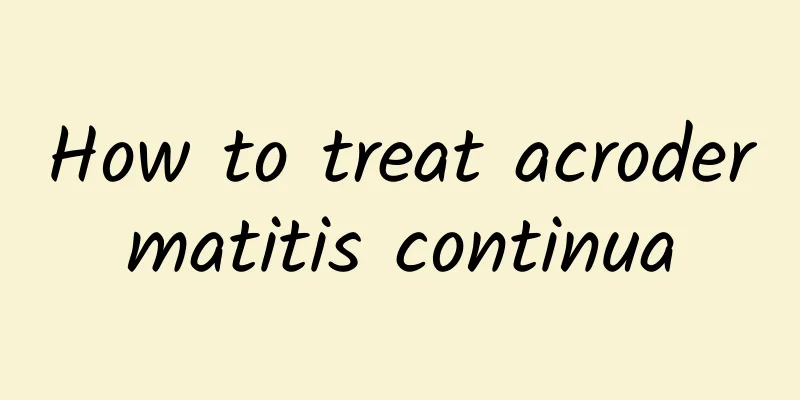How to correct the pelvis? This can be done without surgery!

|
Nowadays, urban women have to bear double challenges both physically and mentally. They are very healthy when they are young, but as they age, various body deformations and bone problems will occur after about 30 years old, especially for many office workers. Sitting for a long time can cause pelvic compression and pelvic deformation. In severe cases, during the delivery process, too much force is used, which leads to pelvic expansion and no way to recover. These all require pelvic correction. Pelvic correction does not necessarily require surgical treatment. It can be accomplished through pelvic exercises and exercises, which have a good therapeutic effect without causing harm to the body. 1. Pelvic Exercise To correct pelvic deviation, you must first understand how your pelvis moves. The pelvis itself does not move. It is the muscles that make it move in different directions. Since the forward movement of your pelvis is driven by the muscles, then correspondingly, the anterior tilt of the pelvis is also inseparable from these muscles. Let's talk about how your pelvis moves in different directions. ①Anterior and posterior tilt of the pelvis The anterior and posterior tilt of the pelvis is the easiest to identify visually, and it is also a problem that many girls face. When the pelvis attempts to complete its forward motion, the abdomen protrudes forward and the pubic symphysis pulls downward. The muscles required to complete this movement are mainly the erector spinae muscles and the iliopsoas muscles. If you are standing, the femur and spine are in a fixed state. At this time, the erector spinae muscles pull the sacrum upwards, and the lumbar spine bends forward. At the same time, the iliopsoas muscles cooperate to make the pelvis move forward. In addition, the multifidus muscles on both sides of your body will contract, and the external rotator muscles of the hip joint and the upper abdominal muscles will stretch to facilitate the smooth forward tilt of the pelvis. When you want to tilt the pelvis posteriorly, the main muscle groups are the gluteus maximus and hamstrings. At the beginning of the movement, these two muscle groups begin to contract, causing the sitting bones to move downward. At the same time, the hip external rotators and abductors work together, and the iliopsoas muscle will produce a relative force stretch to the action of the gluteus maximus, causing the pelvis to tilt backward. ② Up and down tilt of the pelvis For the pelvis, rising and falling are relative movements. If one side of your pelvis rises, the other side will definitely fall accordingly. When one side of your pelvis wants to lift, the main muscles involved are the external obliques, internal obliques, and quadratus lumborum. At the same time, your psoas and erector spinae muscles will move in tandem, flexing your flank and pulling the pelvis upward on the same side. While one side rises, the other side falls, which involves the gluteus medius and gluteus minimus. At the same time, in order to maintain the balance of the body, the lateral abdominal muscles will also stretch to move the pelvis downward. ③ Rotation of the pelvis The rotation mentioned here is mainly at a horizontal angle, and the pelvis rotates around the spine as the axis. To rotate the pelvis, the following steps are required: the external oblique muscles on one side contract to move the pelvis posteriorly, and the multifidus, gluteus maximus, and hamstrings on the same side and the iliopsoas on the other side work together. This ultimately results in a horizontal rotation of the pelvis. 2. How to get rid of pelvic deviation After talking about the movement of the pelvis, let’s take a look at the deviation of the pelvis and what causes it. It is also explained in the order above. However, before we begin, we still need to emphasize the improvement of lifestyle habits. Pay attention to your sitting posture in daily life. Sit on a chair, keep your feet and knees together, and tighten your buttocks. After sitting down, relax your hips and place your feet together. Keep your head up, back straight, and shoulders relaxed. Walking posture is also important, and the center of gravity should be on the forefoot when walking. When taking the first step, point your toes slightly outward, keep the soles of your feet in the same straight line, and use your thighs to drive your calves forward. Keep your head and chest up, look straight ahead, do not shake your shoulders when walking, stay relaxed, and let your arms swing naturally at both sides of your body. The stride is about shoulder-width apart, with the knees slightly rubbing against each other. Lifting the hip joint upward will create a natural, dynamic curve in the hips when walking. For the standing posture, just stand naturally, tighten your buttocks muscles, clamp a thin magazine between your thighs, and use force on the inner sides of your legs to prevent foreign matter from falling to the ground. Keep your shoulders relaxed and look forward. Straighten your upper body, bring your legs together, and use your big toes and second toes to push. |
<<: How to remove fat particles at the corners of the eyes?
>>: How to quickly eliminate fat particles under the eyes?
Recommend
The harm of long-term double eyelid tape
Double eyelid tape can make the eyes appear bigge...
Normal hemoglobin value in newborns
When a newborn is just born, the levels of some s...
Is it useful to soak athlete's foot in vinegar?
Athlete's foot usually occurs in summer becau...
What does increased bone density mean?
Checking bone density is to ensure the health of ...
What is the most effective way to treat athlete's foot?
In fact, many things happen in our daily lives. I...
Drinking these two kinds of wine at the same time can actually induce liver cancer
In daily life, it is common for relatives and fri...
The difference between attenuated and inactivated hepatitis A vaccines
Babies need to receive some vaccines every month ...
Will overusing your brain cause hair loss?
There are many people, especially male friends, w...
Why does my elbow hurt?
When your arm hurts, there are some reasons. When...
Best bowel movement schedule of the day
It is normal for people to defecate once or twice...
Self-treatment method for facial paralysis, old Chinese medicine doctor teaches you how to treat it
In life, if we want to describe a person who ofte...
What should I do if I am allergic to rheumatoid plaster?
When joint pain occurs, it may be due to rheumati...
Do I need to fill my cavities? How can I treat them?
Generally speaking, when people's teeth have ...
My memory has been getting worse lately, what should I do?
People cannot help but accept aging. Why do I say...
How to correct a cross-eyed person
Although cross-eyes will not affect one's bod...









